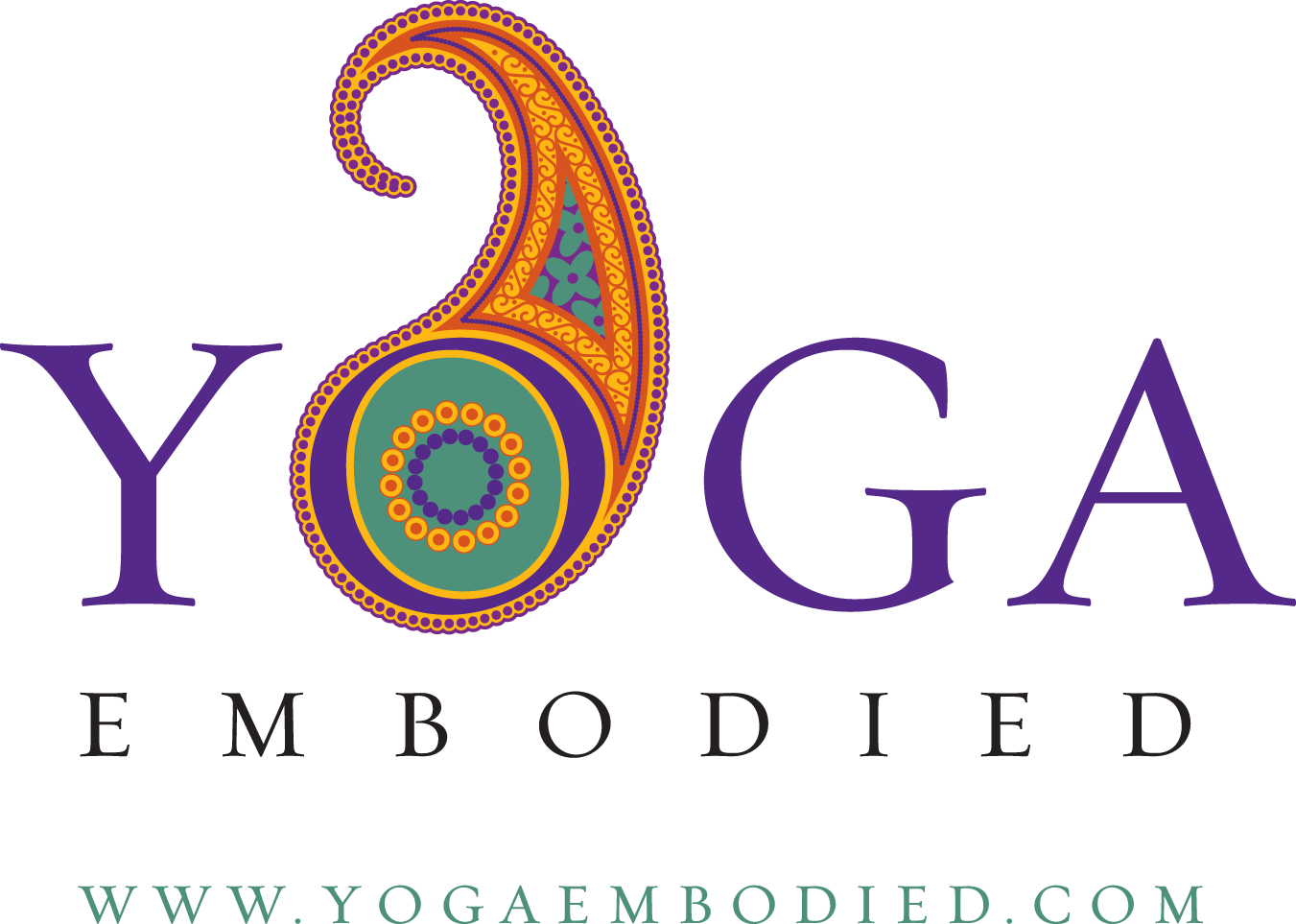International Women’s day
Embrace equity
Embrace equity or #embraceequity is really what International Women’s Day - and every day - should be about. You may say we have equal opportunities but what about equity?
“Equality means each individual or group of people is given the same resources or opportunities.
Equity recognizes that each person has different circumstances, and allocates the exact resources and opportunities needed to reach an equal outcom”
From the Internationals Women’s Day website
One of the examples from the website says: “Equality is giving everyone a shoe. Equity is being everyone a shoe that fits.”
If you need any examples of just how much we still need equity for women and the female body read Invisible Women by Caroline Criado Perez. It offers you a whole range of examples from how cars are designed for the male body and safety measures are just for the male body meaning that if a man and woman was in the same accident the female body would suffer more significant injuries (or death).
It shares how the World is pretty much designed for the male and the male daily routine. I love her writing. But the facts are hard to digest.
As someone specifically interested in the menstrual cycle and how it affects women and the female body, and wrote a book on ‘Teaching Yoga for the Menstrual Cycle: An Ayurvedic Approach’ I have gone through a lot of research. And as Caroline Criado Perez mentions in her book as well:
MOST RESEARCH IS DONE ON MALE SUBJECTS
I have some of the statistics in my book too. Because it is really crazy just how much our health and medical knowledge applies to males but not female physiology and anatomy. Exactly like the car example. Medicine and surgery have different outcomes depending on the sex of the person.
It infuriates me. And that’s why we still need Internation Women’s Day and #embraceequity
Equity in yoga
In my book ‘Teaching Yoga for the Menstrual Cycle: An Ayurvedic Approach’ I write “This cyclical wisdom seems to have been lost in how we practise modern Western yoga in mainstream yoga studios and yoga classes. Considering that most current yoga practitioners in the West identify as women it is interesting how menstrual cycle awareness has been taken out of our yoga practice (Cartwright et al. 2020; Cramer et al. 2016; Yoga Journal and Yoga Alliance 2016). Perhaps it is because much of the yoga we practise today has been inspired by men – teachers with male anatomy and physiology and who don’t have firsthand experience of the menstrual cycle.”
I continue: “I don’t recall any specific modifications or adjustments associated with the menstrual cycle, female physiology or anatomy while training with any of these styles of yoga. Certainly, the main influence of the yoga styles came from a male teacher, with a male anatomy and physiology perspective. It is as if the ‘standard’ is the male body. And although the female anatomy and physiology differ, we are still assumed to practise the same”.
That’s why I am so passionate about teaching menstrual cycle awareness. In our yoga classes and in life in general.
If you want to learn more about ‘Teaching Yoga for the Menstrual Cycle: An Ayurvedic Approach’ please get my book. Or join one of my workshops or classes on the subject.



